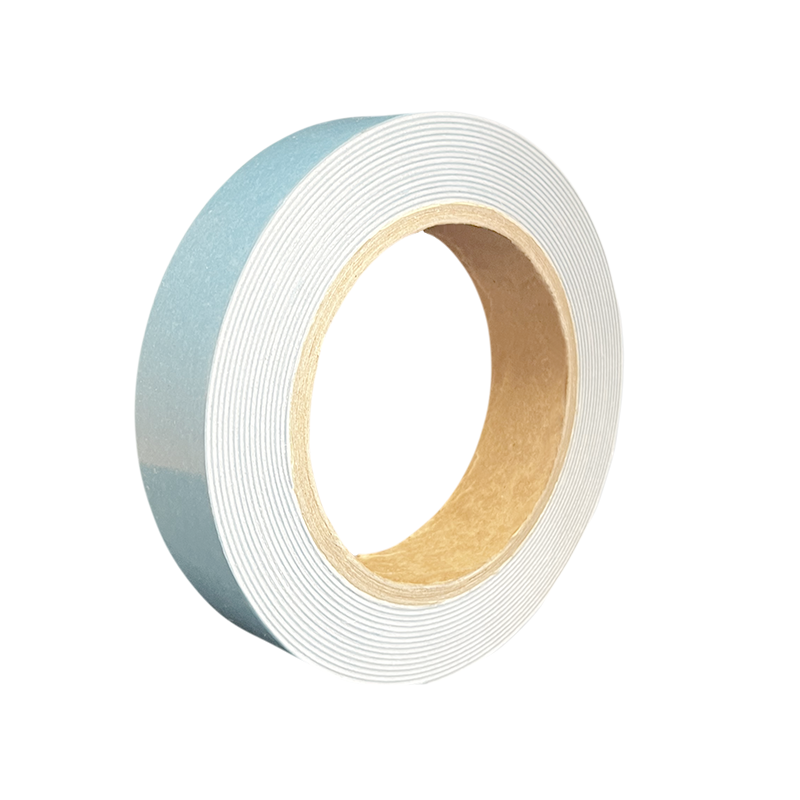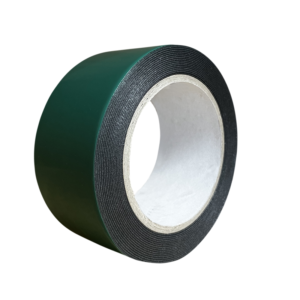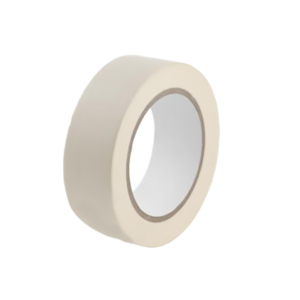volzMount 9050L is a double-sided, foam adhesive tape for mounting and permanent fixing to virtually all smooth and slightly uneven adhesive surfaces.
Applications
- Assembly of mirrors in the manufacture of bedroom, living room, sanitary and wardrobe furniture
- Assembly of PVC window bars
- Assembly of small appliances and hooks on tiles and smooth walls
- Assembly of cable ducts
Benefits
- Extreme resistance to ageing, UV, weathering and plasticisers.
- The backing foam does not yellow and remains permanently elastic
- High initial adhesive strength provides sufficient application safety immediately after assembly
- Vibration-damping and compensating for different expansion coefficients of the joining partners
The Rolls should be stored in their packaging protected from light and at a temperature between 19°C to 21°C, with a relative humidity of 50%. When using an adhesive tape stored below 19°C, it is advisable to keep the tape at room temperature for 24 hours to preserve its characteristics.
| Manufacturer | VOLZ® |
|---|---|
| Backing | PE Foam |
| Backing Thickness | 1,000 mm |
| Adhesive Type | Acrylic, (Pure) |
| Total Thickness | 1,150 mm |
| Color | White (08) |
| Liner | PE Paper |
| Shear Strength | 40 N / 625mm², bei 23°C (± 2°C), DIN EN 1943 |
| Temperature Resistance | -40°C to +95°C |
| Length | 5 m, 50 m, other lengths upon request |
| Width | 6 mm, 9 mm, 12 mm, 15 mm, 19 mm, 25 mm, 30 mm, 38 mm, 50 mm, 1260 mm, other widths upon request |
| Storage Life | The material can be stored at room temperature for at least 12 months. |
Benefits
- Extreme resistance to ageing, UV, weathering and plasticisers.
- The backing foam does not yellow and remains permanently elastic
- High initial adhesive strength provides sufficient application safety immediately after assembly
- Vibration-damping and compensating for different expansion coefficients of the joining partners



